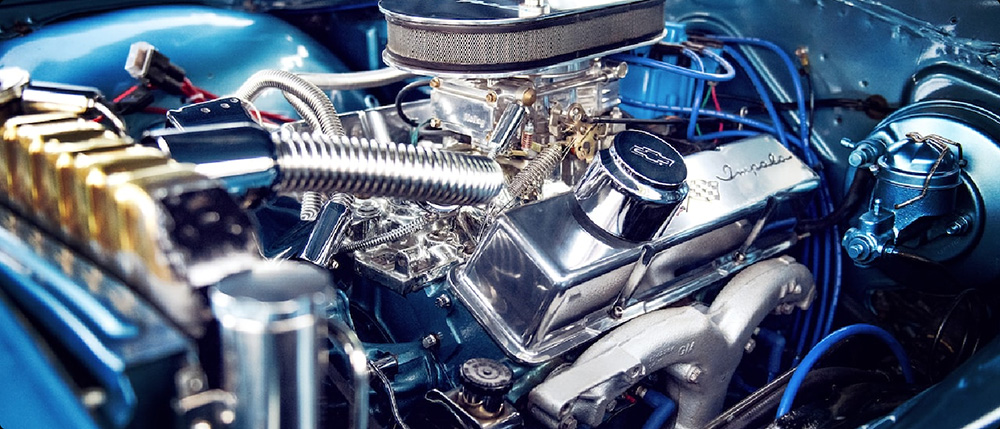Ever wondered how some machines move so smoothly, almost like they’re alive? That’s where the magic of servo motors comes into play. These tiny powerhouses have revolutionized automation, making precision control simple and efficient. Whether it’s a robotic arm in an assembly line or a CNC machine carving intricate designs, the use of servo motors is right at the heart of it all.

Imagine a scenario where a robotic arm picks up a delicate glass with unwavering steadiness. It doesn't just move randomly; it knows exactly where it’s going, how fast, and how smoothly it needs to get there. This kind of precision is directly driven by a good servo motor. Isn’t it fascinating how just one component can influence the entire operation’s quality?
Servo motors are known for their ability to provide accurate position control. They operate with feedback systems—small sensors that continuously tell the motor where it is. That means no guesswork. If a task demands micro-adjustments, the servo motor handles it effortlessly. Just think about 3D printing or medical devices that need pinpoint accuracy—these are real-world examples of how servo motors elevate performance to a new level.
They’re also pretty robust. In environments where machinery endures frequent start-stop cycles, servo motors hold up well, thanks to their design that minimizes wear and tear. Plus, they’re energy-efficient too, consuming power only when needed. Talk about smart engineering! No wonder industry leaders combine servo motors with sophisticated controllers—resulting in systems that are not just reliable but also capable of complex, multi-axis movements that were once impossible.
Have you ever asked yourself: what makes one servo motor better than another? Well, it often boils down to the precision of the feedback system, the torque capacity, and how the motor’s designed to dissipate heat. Low latency response is crucial when speed is everything, like in high-speed robotics. And that’s where choosing the right servo motor can make all the difference in the long run.
Funny enough, I’ve seen people overlook the importance of compatibility. Buying the fanciest servo motor won’t help if it doesn’t match the system’s voltage or load requirements. That’s a common trap—overspending on a motor that isn’t suitable. Getting the right match means smoother operation, fewer breakdowns, and a happier machine—and a happier bottom line too.
Looking ahead, it’s clear that servo motor technology is only getting smarter. With advancements in brushless designs, integrated controllers, and IoT connectivity, today’s servo motors are more adaptable than ever. It’s like giving your machinery a brain—making it more responsive, more precise, and just overall better.
So, when you’re thinking about upgrading or starting a new automation project, remember that a high-quality servo motor isn’t just a component; it’s the backbone of smooth, accurate, and efficient operation. Getting a good one means fewer headaches, more productivity, and the confidence that your machinery can handle whatever’s thrown at it.
Established in 2005, Kpower has been dedicated to a professional compact motion unit manufacturer, headquartered in Dongguan, Guangdong Province, China. Leveraging innovations in modular drive technology, Kpower integrates high-performance motors, precision reducers, and multi-protocol control systems to provide efficient and customized smart drive system solutions. Kpower has delivered professional drive system solutions to over 500 enterprise clients globally with products covering various fields such as Smart Home Systems, Automatic Electronics, Robotics, Precision Agriculture, Drones, and Industrial Automation.




































